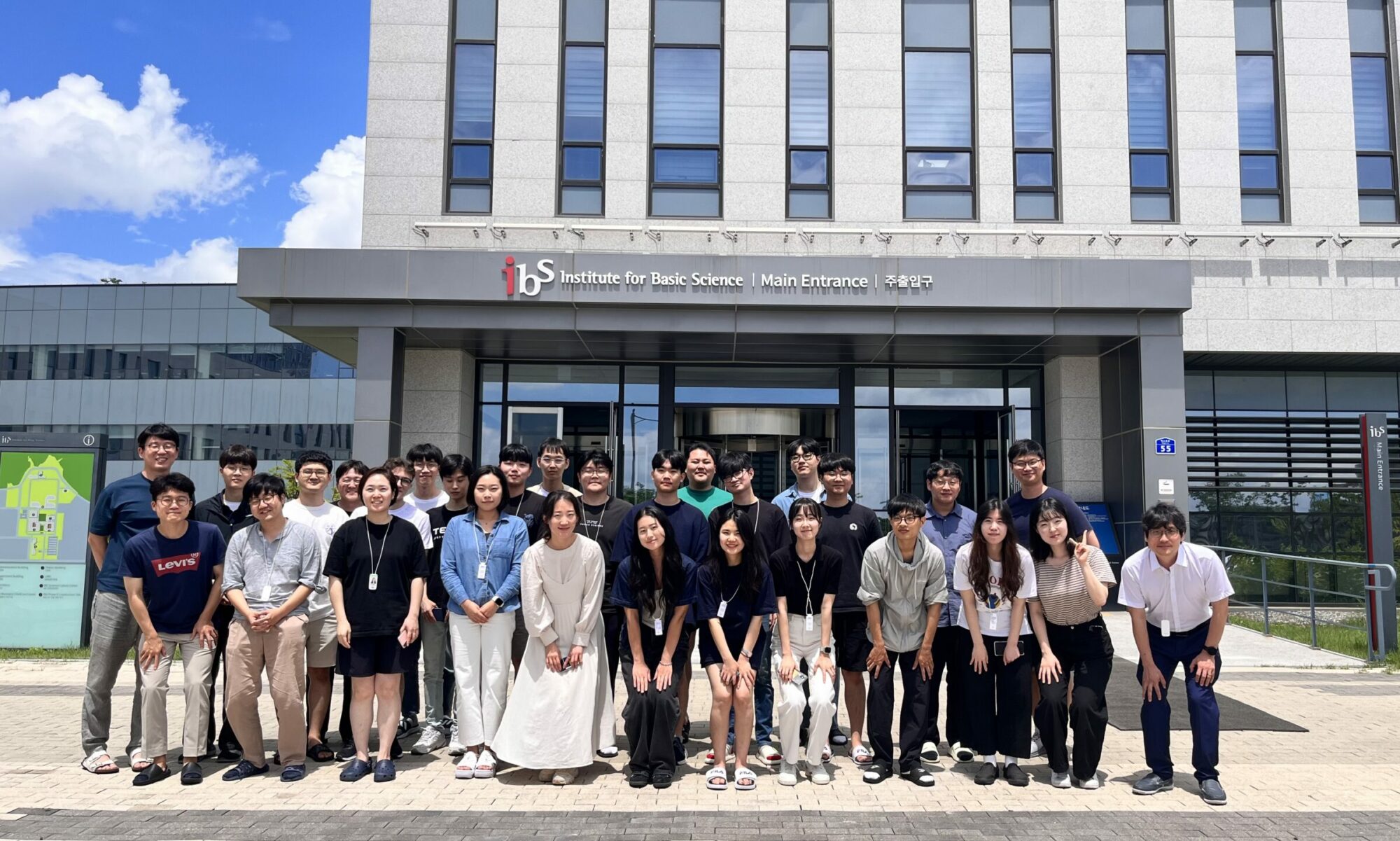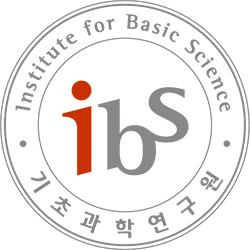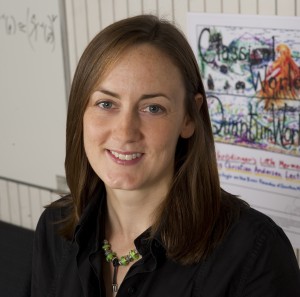The Graph convolutional Networks (GCN) with Persistent Homology and its application 1/4
B378 Seminar room, IBS 55 Expo-ro Yuseong-gu, Daejeon, Korea, Republic of(1) GCN and its Application. We introduce the GCN by reviewing the monumental paper " Semi-Supervised Classification with the Graph Convolutional Networks", ICLR 2018 by Kipf and Welling. We are going to much detail the algorithm of message aggregation and passings and learning processes. Code ; https://github.com/tkipf/gcn (2) Graph Attention networks(GAT) and its Applications. Bengio …




